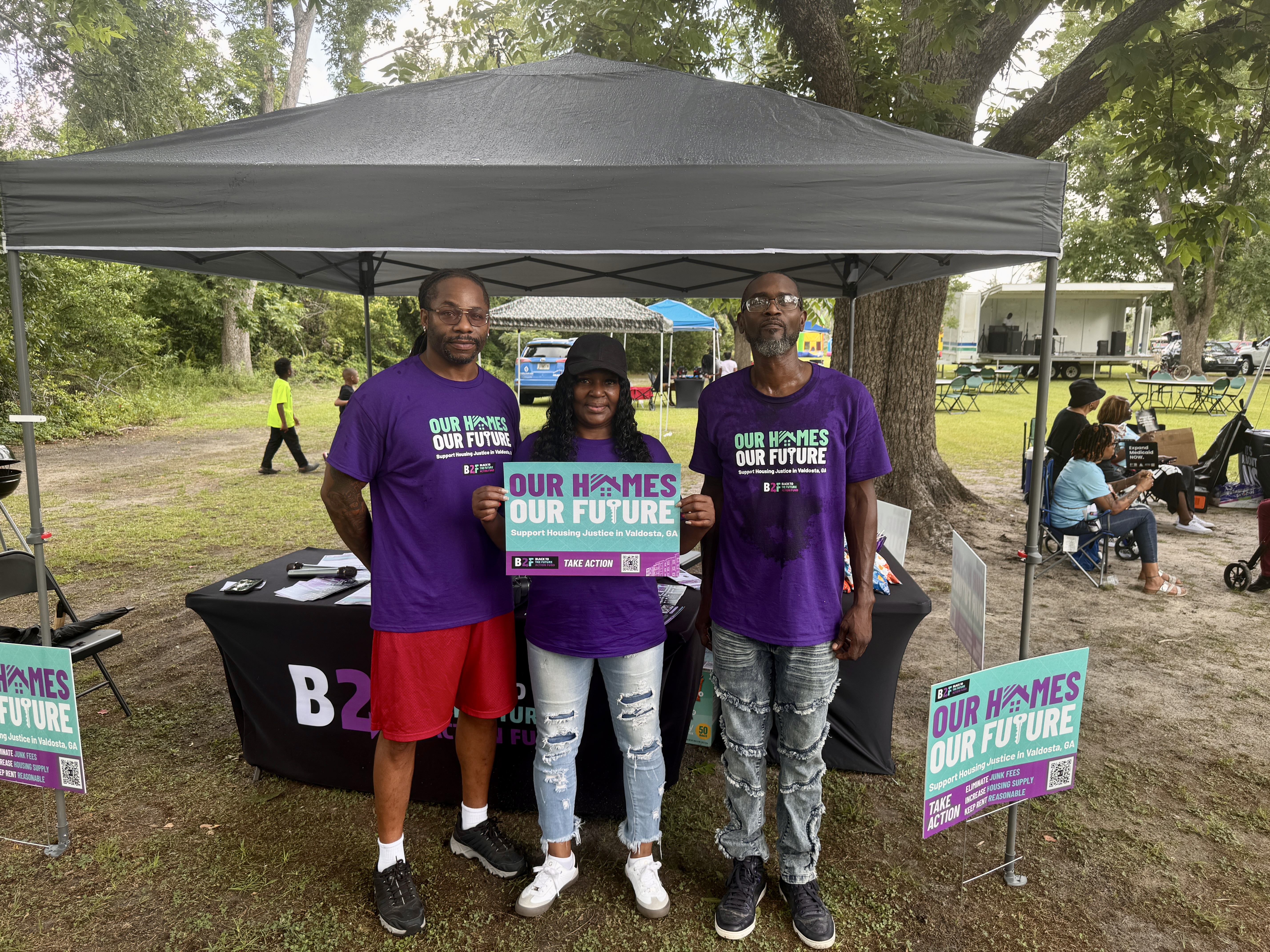Remembering Suwannee: The SAL Freight Depot takes shape in early 1900s
Published 11:17 am Monday, April 1, 2019

- Eric Musgrove
Today we’ll continue looking at the backstory of the Seaboard Air Line (SAL) Freight Depot.
By 1889, one of the major railroads running through Suwannee County that would become part of the SAL was the Florida Central and Peninsular Railway, which had been renamed several times over the previous 25 years as it was bought by different individuals and groups. This railroad was reorganized and renamed in 1893 to the Florida Central and Peninsular Railroad. A wooden freight depot for the FC&P shows up as early as 1895 (the eastern part of it, anyway) on insurance maps, but it is possible that the depot was there earlier, as the older maps don’t show the specific location. The depot was located in the “Y” between the various railroads in downtown Live Oak, specifically where the former Huffman & Gilmore Building is presently located. Since Live Oak Council minutes from 1879 discuss using the “Y” as a town park, I am guessing that the depot was probably built after that. However, I am currently lacking evidence either way, so take it for what you will.
In 1903 (the first year in which the entire depot is visible), an insurance map shows that the wooden building was called the SAL Warehouse and Freight Depot at this time. The depot was approximately 140 feet long, of which 80 feet were enclosed and the western 60 feet or so was a covered platform. Between 1903 and 1906, the building was either extended with an additional covered platform on the east side, or was totally replaced. The fact that the structure in 1906 was in the same exact location as the 1895 and 1903 maps, and the enclosed portion was the exact same size, leads me to believe the older structure simply had its platform extended to the east to provide additional covered freight space. J. D. Henry, a longtime Live Oak citizen, remembered the building being several years old when he first arrived in Live Oak in 1908, which also lends credence to it being the same structure from prior to 1903 (and most likely prior to 1895). The SAL Freight Depot was now 275 feet long, with 80 feet still enclosed and the rest covered platforms; this was slightly shorter than the brick ACL Freight Depot across Ohio Avenue (now the Suwannee County Historical Museum).
By 1912, the SAL Freight Depot (or Warehouse, or Freight House, or whatever it was called at different points in its history) was surrounded by various commercial warehouses with easy access to the railroad, including ones owned by Suwannee Hardware Company, Worth Stevens Company, J. W. Blume, C. W. Rogers Company, E. J. Blume and Hair Hardware Company. In addition, there were gas tanks and buildings owned by the Standard Oil Company and local stock pens, allowing quick access to the main line of the SAL, as well as the nearby Atlantic Coast Line Railroad, Live Oak, Perry & Gulf and the Florida Railway. By this date, a platform had been constructed from the SAL Freight Depot to the Worth Stevens Warehouse (called the Cotton Seed Warehouse at this time) to facilitate quicker transfers of one of Suwannee County’s largest cash crops, at least until it was ruined by the boll weevil half a decade later. Between 1924 and 1943, the eastern platform of the SAL (which had been added between 1903 and 1906) was reduced in size by half, probably in part because the old Worth Stevens Warehouse was gone by 1943.
More history on the SAL Freight Depot next week.
Eric Musgrove can be reached at ericm@suwgov.org or 386.362.0564.





